Attend the Illinois Cover Crop Field Day
Join the Illinois Soybean Association, University of Illinois Extension, and Southern Illinois University for an evening dedicated to cover crop research and management at the Illinois Cover Crop Field Day.
Illinois Soybean Cyst Nematode Survey Results
Soybean cyst nematode is adapting to the widely used PI 88788 — the annual insights report reveals Illinois survey results to help farmers assess SCN levels and refine management decisions.
On-Farm Trials Find Fertilizer and Row Spacing Have Minimal Impact on Soybean Yields
The study concluded that farmers should plant in 15” rows and avoid unnecessary fertilizer when soil pH, P1, and K are within recommended ranges.
Year-One Findings: How PRE Herbicides Affected Early Soybeans
Researchers tested 13 commercially available herbicide premixes to find out which ones caused the most stand loss and injury in early-planted soybeans.
Preliminary Results Show Water Quality Gains Outpacing Soil Health Changes
Early findings suggest farmers may see quicker returns on water quality than on soil health when adopting conservation practices.
Nitrogen Fertilizer and Soybean Yield: What We Learned from Multi-Year Trials in Illinois
Illinois research confirms that most soybean fields are unlikely to benefit agronomically — and even less likely economically — from nitrogen fertilizer applications.
“We’re in the Garden Spot Right Now”
Brandon Hall, CCA, joins the Field Advisor Podcast to share how timely rains, disease management, and weed control are driving crop performance across West Central Illinois this season.
Prevented Planting Considerations for 2025
John Pike shares recommendations for managing prevented planting acres with effective weed control and cover crop strategies in preparation for next year’s crop.
Midwest Crops Thrive While the Tropics Stir
From drought-stressed to waterlogged to flourishing, Illinois crops reflect a wide range of conditions as Matt Reardon also looks at Texas floods, an anticipated busy hurricane outlook, and July’s forecast outlook.
Documenting the Extent of Group 15 Herbicide Resistance in Illinois Fields
Illinois research funded by the Illinois Soybean checkoff reveals Group 15 resistance in waterhemp is more widespread and complex than previously thought — explore the findings and management tips in the Annual Insights Report.

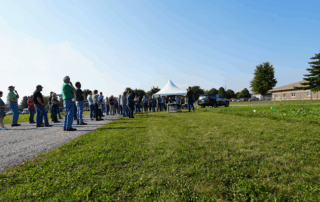
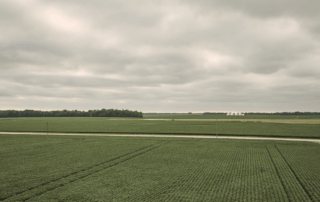
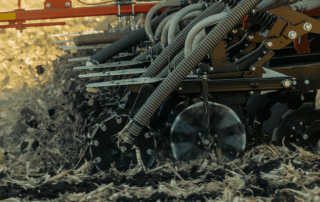

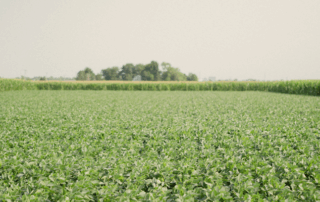
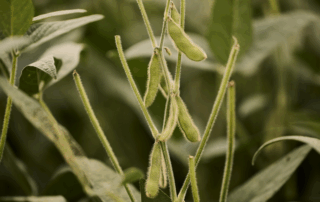
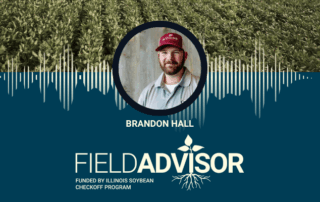
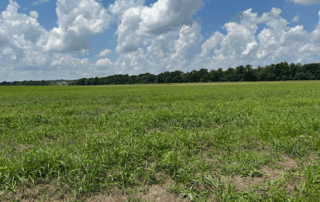
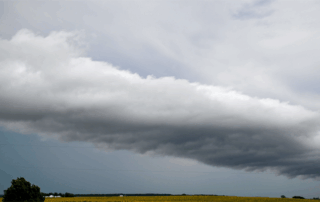
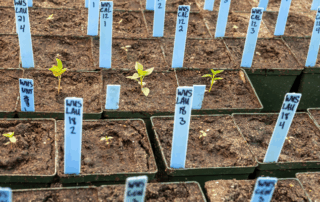

 and then
and then